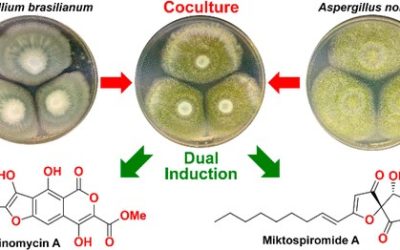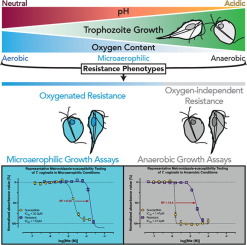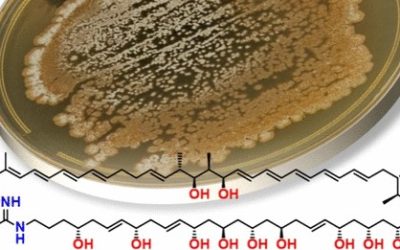C. Narkowicz, A.J. Blackman, E. Lacey, J. Gill & K. Heiland
Phytochemical Reviews 2004, 3, 333-335.
Publication Date: April 20, 2005
https://doi.org/10.1007/s11101-004-2882-6
Abstract:
Tasmania, the island state of Australia, lies between the latitudes 40° 40′S and 43° 40′S. For the current study, 455 marine macroorganisms were collected from Tasmania’s eastern and south eastern coasts. Organic extracts of these organisms were tested for activity against an endoparasite (nematode) and three ectoparasites (fly, mite and flea); all parasites of significance for domestic animals. The less calcified “soft” bryozoans (n=23) were an exceptionally rich source of nematocidal extracts, with 35% having high nematocidal activity (LD99 < 250 μg/ml). Bryozoans have not previously been identified as sources of nematocidal or, more generally, anthelmintic compounds. The incidence of activity against each of the three test ectoparasites (fly, mite and flea) was similar, overall, with each parasite susceptible to approximately 12% of the extracts. Some 65% of extracts with ectoparasite activity were active against only one ectoparasite. A similar proportion (58%) of extracts with ectoparasite activity had insignificant nematocidal activity. Only six extracts were active against all three ectoparasites. These results indicate a low level of non-specific toxicity across the different parasite classes.


